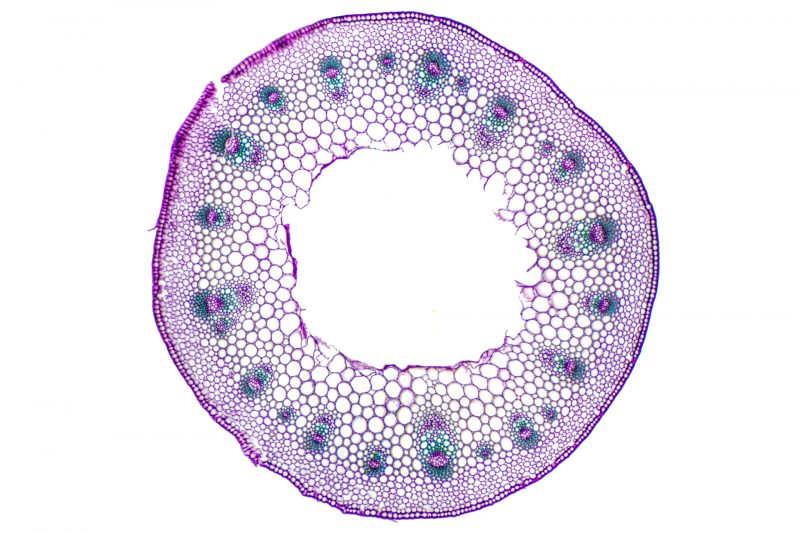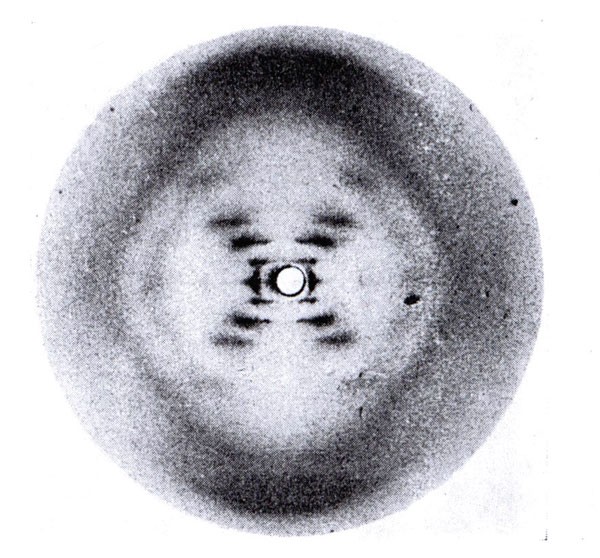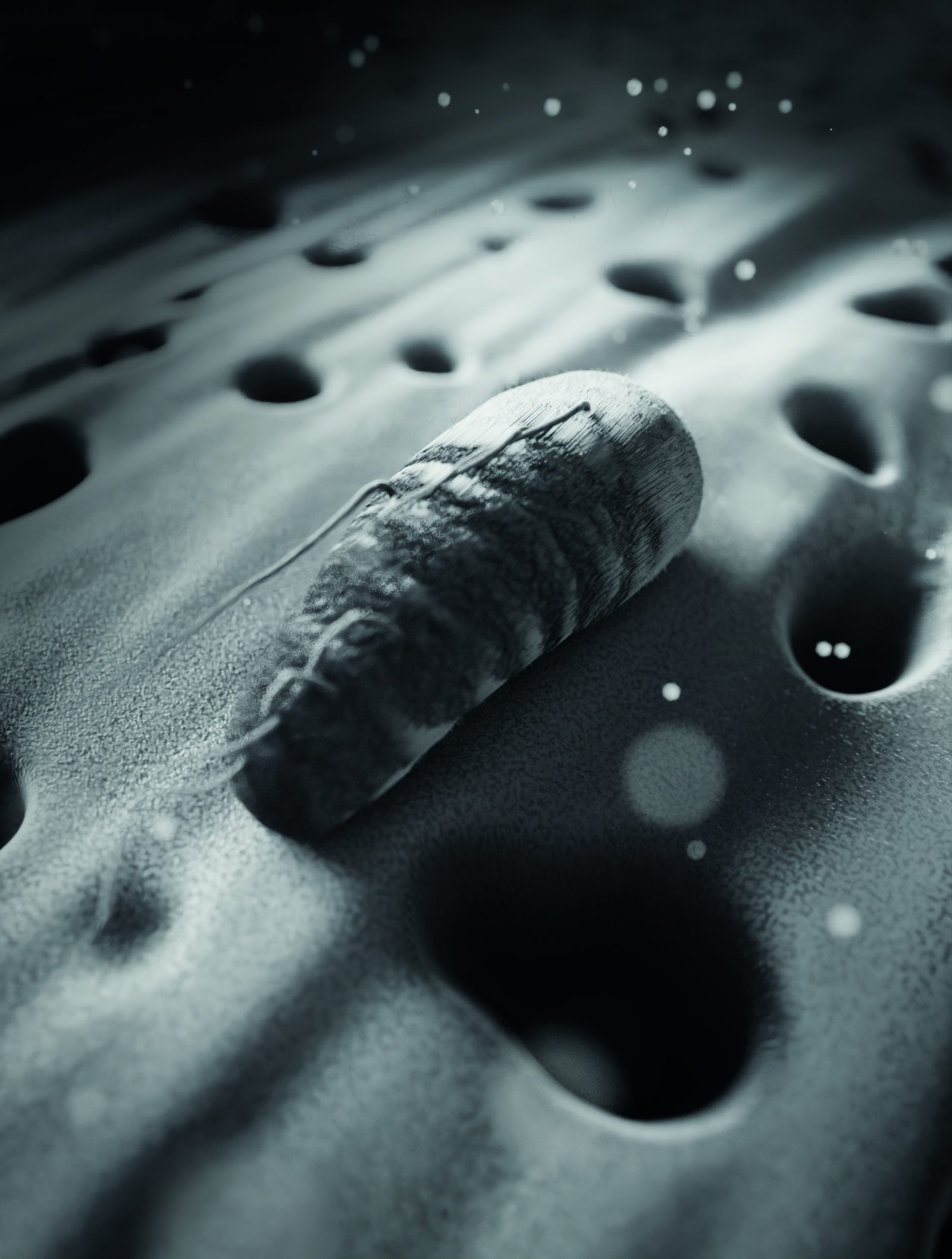In the scientific world, photography is often considered a formal visualization of reality. It is thus opposed to scientific illustration, which would only be an “artist’s view”. But does photography or scientific imaging really offer an exact vision of reality? Should we not interpret a photograph or scientific imaging just like an illustration?
Photography promotes the fantasy of a direct relationship with reality. But in the scientific field, the scales of study are immense and range from the infinitesimally small to the infinitely large. At these proportions, it is sometimes difficult, or even impossible, to have qualitative photographic representations of reality. Images are often obtained indirectly by different techniques revealing the invisible reality. They are raw images or data to be reworked and interpreted before being used as visual references.
Noise reduction, isolation, coloring, artifact removal, addition of contrast/brightness, and trimming are all revelation techniques that both support the reading of the raw data, but conversely, move us away from the visual reality of the subject. The impression of reality produced by the photographic image makes us forget all the distortions it has undergone. And this is a first graphic translation of reality.
In plant biology, photographs from microscopic observation of plant vascular tissues draw beautiful patterns in bright colors. The pink and green stains of the leaf’s phloem and xylem are actually synthetic colorations. They are made in advance of observation, precisely to differentiate these two conducting tissues. So no, plant leaves at the microscopic level are not as colorful as an Andy Warhol canvas. Just as the micrometric world is not all in black and white, as revealed by electron microscopy images. These examples may seem logical but it still requires being able to imagine this hidden real world, with all its colorimetry, texture, graphic materiality. Although visualization techniques are becoming increasingly efficient, how can we see the invisible without imagining it at least a little?

Photograph of a colored section of plant tissues from a primary dicot stem observed under a microscope. X 10
“Photography is a kind of illusion of reality, even if it is perhaps the most faithful representation.”
Vanessa Winship, photographer

Picture 51, by Rosalind Franklin. Nature Review, The double helix and the ‘wronged heroine’.
Like illustration, scientific and medical photography presents a viewpoint, a perspective that can be subjective by nature. This point of view is linked to a position in space and at a given time, the moment of shooting. One of the images that well illustrates this idea is the one called Cliché 51 by chemist Rosalind Franklin, taken in 1952. This X-ray photograph of DNA is the very first proof that our genetic material is in the form of a double helix. Yet, without scientific interpretation, the black and white image looks only like a regular repetition of points positioned in the form of a cross. It is a projection of reality in the form of a 2D image that had to be interpreted in a three-dimensional vision. Like a radiologist who interprets the type of fracture visible on an X-ray, any scientific image, cannot be separated from its scientific interpretation. Because a photograph is only an illustration of reality, our only duty is to recontextualize the image to its source, while appreciating its scope and what it reveals to us by its point of view. Photography and illustration are two tools that can complement and intertwine with the aim of offering visuals as close as possible to reality, to better understand the world around us.
3D or Photography?

Difficult to discern… but this image was entirely made in 3D by the Com par l’image team. This visual representing a bacterium, demonstrates that it is now possible to create “microscopic imaging” type images only on 3D software. But beware! The treatment of a 3D illustration in a “realistic” style does not justify the scientific truth of what it represents. In the age of photomontage and fake news, scientific illustration must also go through a scientific verification and approval. Something we care about a lot. Also note that an image, whatever it is, cannot show everything at once: informative, symbolic or realistic, you have to make choices!

